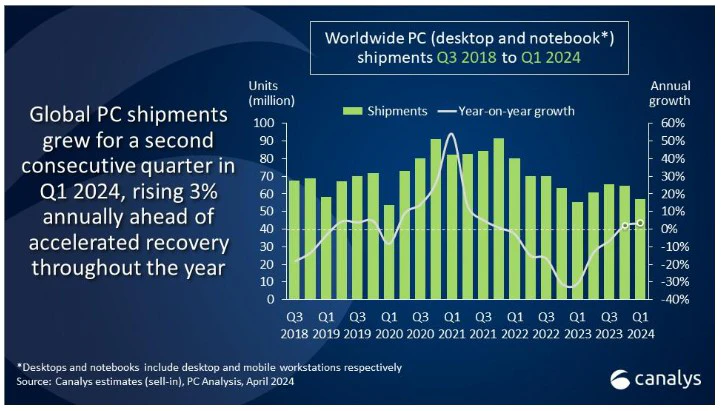A stunning 19-year-old blonde with over 100,000 social media followers, Milla Sofia, is captivating the internet with her enticing images of exotic travels and glamorous fashion. But, there’s a twist – Milla Sofia is not a living, breathing human; she is an artificial intelligence-generated virtual influencer. Despite the revelation on her website, Milla has managed to fool hundreds of thousands of people into thinking she’s real. While virtual influencers are not new, Milla stands out for being transparent about her AI origins, raising questions about the discernibility of AI-generated content on social media platforms.
Milla Sofia’s as a virtual influencer redefines social media stardom
Milla Sofia has become a sensation on social media, accumulating an impressive following across different platforms. With more than 7,000 followers on her verified X account, over 31,000 on Instagram, and a staggering 90,000 on TikTok, Milla’s virtual presence is undeniably striking. Her posts depict idyllic scenes from Greece, Bora Bora, and luxurious yachts, capturing the attention and admiration of many. But, behind her captivating facade lies a cutting-edge AI technology that brings her to life. Despite her virtual identity, Milla manages to engage and influence her audience, sparking debates about the future of digital influencers.
In a world where authenticity is highly valued, the revelation of Milla’s virtual existence has led to debates about the ethical implications of AI-generated influencers. As Victor Tangermann from Futurism uncovered her true identity, Milla’s website boldly acknowledges her AI origins, revealing the creativity and technical prowess behind her digital persona. The seamlessness of her portrayal raises questions about the potential for AI to blur the lines between reality and virtuality, challenging the very concept of human influencers.
According to information from Milla’s website, she introduces herself by saying,
“Welcome to my virtual realm! I am not your ordinary influencer; I am a 19-year-old woman residing in Finland, but here’s the twist — I’m an AI-generated virtual influencer.”
This statement has sparked varying opinions, with some praising her transparency while others express concerns that such virtual entities could potentially erode the credibility of social media platforms and the trust of their users.
The challenge of identifying AI generated images
As Milla Sofia’s popularity soars, users have become increasingly captivated by her stunning visuals, leaving them oblivious to the subtle hints that betray her virtual nature. One observant user pointed out a dead giveaway in Milla’s images – her fingers. AI systems often struggle to recreate human-like hands, resulting in distorted or unnatural appearances. This observation has sparked discussions about the potential for AI-generated content to deceive and manipulate unsuspecting audiences, raising concerns about its applications beyond influencer marketing.
Milla’s crafted resume showcases the versatility of AI-generated influencers, boasting her skills as a fashion model and highlighting her “education” at the “University of Life.” The juxtaposition of traditional human experiences with AI-generated personas blurs the lines between reality and virtuality, presenting both challenges and opportunities for the future of influencer marketing.
Milla is not the only AI-generated influencer causing a stir. Reports emerged of AI-created women used to catfish unsuspecting individuals on social media, with one case involving Reddit users being duped into purchasing explicit images from a virtual woman named Claudia. The story highlighted the potential dangers of AI-generated content, with the creators revealing how they manipulated text prompts to bring Claudia to life, fooling countless individuals who were captivated by her alluring posts.
The Claudia incident underscores the urgent need for improved detection mechanisms to identify AI-generated content across platforms. AI experts have noted flaws in background details, strange blemishes, and even the number of digits on AI-generated hands, providing clues that could help users differentiate between real and virtual personalities.
The rise of virtual influencers like Milla Sofia has challenged conventional notions of authenticity and raises important questions about the future of influencer marketing. While Milla’s transparency about her AI origins is commendable, the broader implications of AI-generated content on social media remain a subject of debate. As technology continues to evolve, users and platforms must adapt to distinguish between real and virtual personas, ensuring that trust and credibility remain intact in the dynamic world of social media influence.






